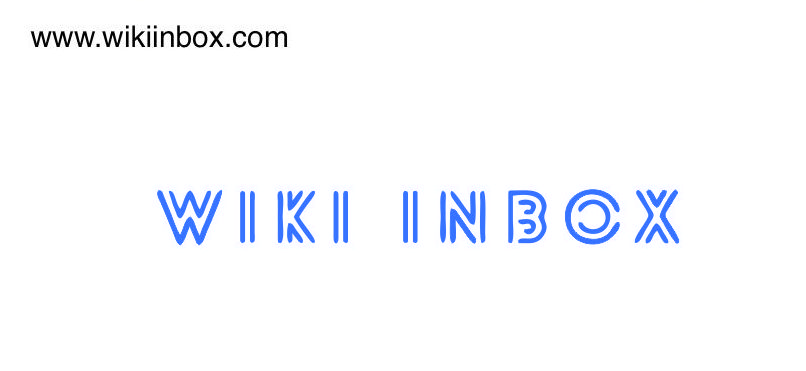Economic Slowdown: Signs of Trouble
The U.S. economy has experienced nearly five years of steady growth, but warning signs are now emerging. Layoffs are rising, hiring is slowing, inflation is accelerating, and consumer confidence is declining. While some of these challenges would have appeared under any administration, President Donald Trump’s economic policies are making them worse.
Tariffs Driving Inflation and Business Uncertainty
Trump’s unpredictable tariff policies are causing economic instability. Businesses, consumers, and investors are struggling to adapt to fluctuating trade rules, which is driving up inflation at a time when prices are already rising. Major retailers like Walmart and Target have reported reduced consumer spending due to higher costs caused by tariffs.
Immigration Crackdown Impacting Key Industries
Trump’s strict immigration policies are causing a severe labor shortage in sectors like agriculture, construction, and healthcare. These industries heavily depend on immigrant workers, and the lack of labor is slowing down business growth and economic productivity.
Federal Job Cuts and Economic Risks
The Trump administration’s deep cuts to government jobs and assistance programs could hurt millions of Americans, especially those with lower incomes. PNC Chief Economist Gus Faucher warns that job losses in the federal sector could reduce consumer spending, causing ripple effects across industries.
Stock Market Turmoil: A Reaction to Trump’s Policies
The stock market has responded negatively to Trump’s decisions. The Dow Jones Industrial Average dropped 370 points, while the S&P 500 and Nasdaq also saw declines. Trump once pointed to stock market success as a sign of economic strength, but the recent downturn challenges that claim.
Consumer Confidence and Spending Decline
Reports show that inflation jumped 0.5% last month, bringing the annual rate to 3%. At the same time, consumer spending fell 0.2% in January, the largest decline since 2021. According to the Conference Board’s Consumer Confidence Index, confidence in the economy has dropped to its lowest level since 2009.
Federal Reserve Predicts Economic Contraction
The Federal Reserve’s economic forecast warns that GDP could shrink by nearly 3% this quarter, marking the first economic contraction since 2022. February also saw the highest number of job layoffs since the Great Recession.
Is There Any Hope for Stability?
Despite the challenges, the U.S. economy remains stronger than many global markets. Federal Reserve Chair Jerome Powell reassures that consumer spending has remained steady, even during previous economic uncertainty. However, concerns over tariffs, immigration policies, and job losses continue to weigh on businesses and households.
What Lies Ahead for the U.S. Economy?
America’s economic future will depend on how policies evolve in the coming months. While tax cuts and deregulation may offer temporary relief, long-term economic stability will require solutions for inflation, labor shortages, and trade disruptions.
As uncertainty grows, businesses and consumers need clear and stable policies to ensure continued economic growth and resilience.

